Class of 2018 | colbys@wharton.upenn.edu
As investors know, the food industry in America is an oversaturated market. Companies including grocery stores, fast casual restaurants, and online delivery services compete to win the dinner plate of Americans. With a plethora of dining options, cooking options, and delivery options, companies continuously try to innovate and offer more for less, which has made it incredibly difficult to profit in this industry. That is where innovation adds value. Over the years casual dining has been replaced by fast casual, “organic, healthy” foods have grown in popularity, and companies like Postmates, GrubHub, and app payment methods have made tech increasingly more prevalent in the food industry.
Another company, Blue Apron, has started to change the landscape of the food industry. For those who are unfamiliar with Blue Apron, their business model is built around ease of use. Blue Apron is a home cookery subscription service that delivers pre-measured ingredients and step-by-step recipes directly to your home. This startup has grown massively, now holding a small share in one of the most competitive industries, and has created disruption that will change investment in the industry.
One might wonder how this became one of the fastest growing startups in the world. According to Matt Salzberg (CEO), Blue Apron has competitive advantages over grocery stores because of their supply chain. “The Blue Apron supply chain model is better than ones that have existed before – it’s more convenient, you get fresher food at better prices compared to a grocery store [Blue Apron is on average 60 per cent cheaper]. You save time and it’s more fun.” (Stojanovic). Another important factor that Salzberg pointed out was the lack of e-commerce disruption in the food industry. He says, “the food industry is the largest industry to have so little e-commerce penetration – we’re talking low, single digit percentages of sales online. In other sectors, there are sometimes more than ten times that penetration.” (Stojanovic). Blue Apron focuses on efficiencies in order to beat grocery store supply chain models, benefitting from nearly zero food waste and zero rent costs. All of these factors have largely contributed to its success in the form of a $2 billion valuation in its latest funding round. (Chernova). In June, it delivered 3 million meals per month and at $10/meal that equates to $30 million in revenue every month or $360 million in revenue per year.
In April, a prediction of how large this niche market could grow stated that “at the current rate of adoption, the United States meal kit market could grow by as much as $5 billion over the next decade” and described Blue Apron as “the company that has emerged as the Starbucks of the meal kit business.” (Severson). In September, Bloomberg cited Blue Apron interviewing banks to prepare for an initial public offering. In an IPO, the company would likely be valued at $3 billion, which is higher than the valuation of Blue Apron in its last funding round. (Porter and Barinka). Blue Apron, however, is now not alone in the food delivery market. Plated, HelloFresh, and Purple Carrot now compete for market share in this ingredient-delivery model business.
Even with more companies competing for customers, there is large growth potential into international markets or partnering with existing companies. In June, “[Kroger] said they were ‘very open’ to creating a meal kit service or partnering with an existing operator. Meal kit delivery startups in the United States have raised more than $650 million in venture capital and are expected to generate roughly $1.5 billion in sales in 2016, according to Packaged Facts, a division of MarketResearch.com.” Additionally, in October, Whole Foods began testing sales of Purple Carrot (another meal kit brand) in their stores, which shows early stages of adoption of meal kits. (Baertlein).
Last month, VC investors discussed themes for capturing high returns over the next decade. One investor, David Tisch, has invested in Vine, Groupme, and Blue Apron among other early stage companies. He discusses an important factor when investing in tech in future years unlike in previous years. “Today, everyone has ‘a super computer in their pocket,’ making everyone an early adopter. This means technology can be applied to new problems (like food delivery) but leaves less room to get it wrong.” (Sharf). In order for a tech company like Blue Apron to succeed, it has little to no room for error. As Blue Apron grows over the next several years, it is important that it continues to innovate in order to remain a leader in the niche market it has created.
Figure 1: Meal Kit Startups – U.S. Indexed Sales


